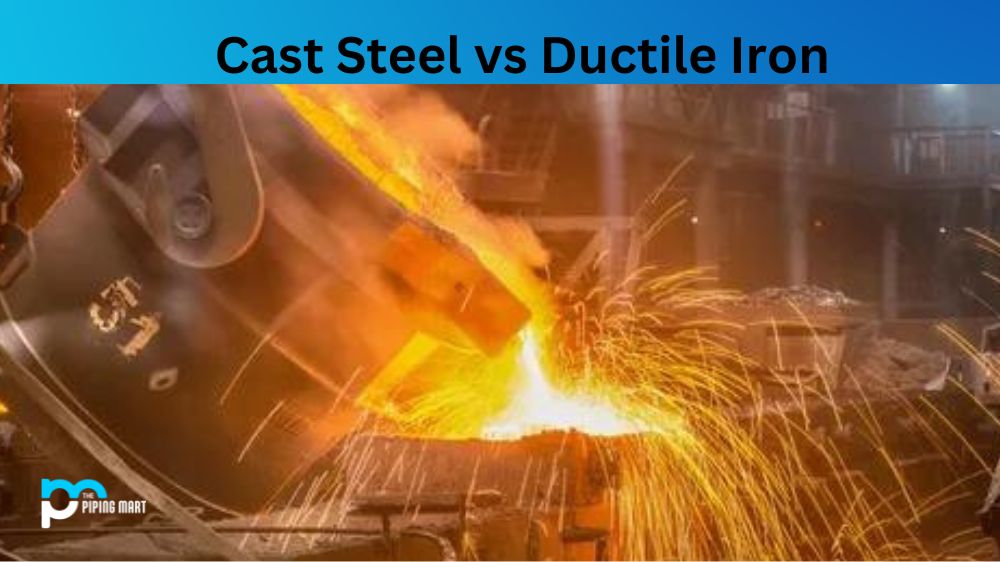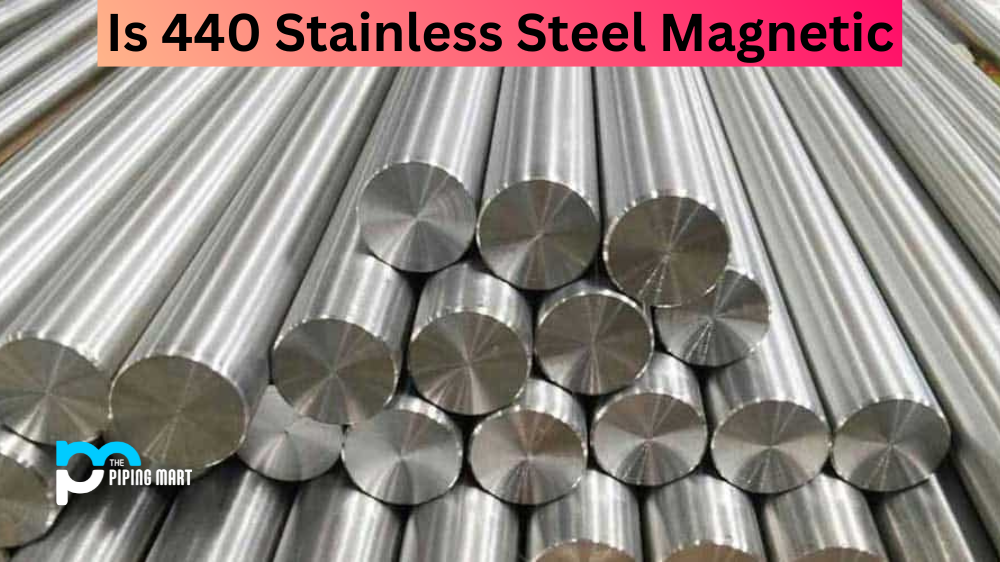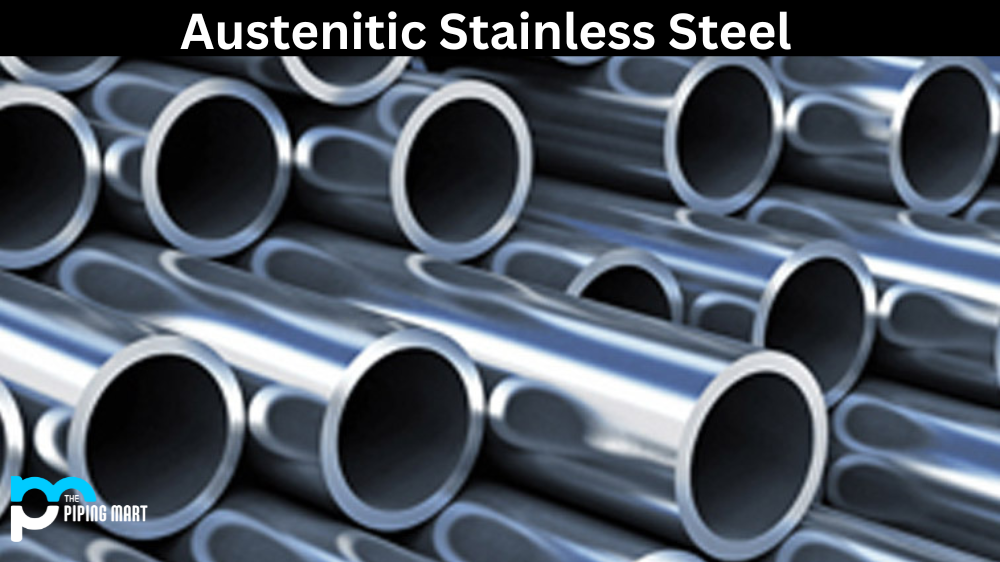Cast steel and ductile iron are popular materials used in many fabrication industries, such as construction, automotive, and machinery. These two materials are often compared and contrasted due to their similar properties but also unique differences. As an expert in the field, I will provide valuable information to help you understand the differences and make an informed decision when selecting the best material for your project.
What is Cast Steel?
Cast steel is a metal that has been melted, poured, and cooled to form intricate shapes and components. It is an alloy of iron and carbon with other elements, including chromium, nickel, molybdenum, and manganese. This combination of elements results in greater strength than other metals, such as wrought iron or aluminium. Cast steel also offers superior wear resistance compared to cast iron due to its slow cooling process during production. Its durability makes it ideal for construction, mining equipment manufacturing, railroad locomotive frames, automotive parts production and more.
What is Ductile Iron?
Ductile iron is an alloy of iron and carbon with higher tensile strength, yield strength, and greater ductility than grey cast iron. It also contains small amounts of magnesium and other elements to enhance strength. Ductile iron has excellent corrosion resistance and wear properties, making it ideal for the production of components in many industries, including engineering, automotive, agriculture, oil gas exploration, piping systems and structural applications.
Difference Between Cast Steel and Ductile Iron
Composition
Cast steel contains iron, carbon, and other alloying elements such as nickel, chromium, molybdenum, and manganese. The carbon content in cast steel is usually low, leading to higher tensile strength, hardness, and wear resistance. Ductile iron, conversely, mainly contains iron, carbon, and silicon. The carbon content in ductile iron is comparatively higher, which makes it more malleable and easier to cast.
Mechanical Properties
Cast steel exhibits high tensile strength, excellent impact and wear resistance, and good plasticity. It’s often used in critical applications where strength is a significant factor, such as bridges, pipes, and pressure vessels. Ductile iron is popular for its high strength, oxidative stability, and ductility. It’s commonly used in automotive components such as brake rotors, camshafts, and gears.
Corrosion Resistance
Cast steel is known for its corrosion resistance, making it ideal for harsh environments such as offshore oil rigs and marine applications. However, adding elements such as molybdenum, chromium, and nickel can enhance its corrosion resistance. On the other hand, ductile iron is susceptible to rust as it’s mainly composed of iron. However, adding epoxy, paint, or galvanization coatings can protect it from corrosion.
Machinability
Cast steel has poor machinability, but it can be improved by using special tooling and techniques. It’s challenging to cut due to its high hardness and brittle nature. Ductile iron is relatively easy to machine due to its lower hardness, but it produces more graphite flakes that can wear down tooling.
Cost
Cast steel is generally more expensive than ductile iron due to the additional alloying elements. Ductile iron is widely used in many automotive components due to its lower cost and excellent machinability. On the other hand, cast steel is used in critical applications where strength and durability are essential.
Conclusion:
Cast steel and ductile iron are important materials used in various industries for different applications. While they have similar properties, they also have unique differences that directly impact their performance. Choosing the right material depends on the specific needs of your project, such as the level of strength, corrosion resistance, and machinability required. As a rule of thumb, cast steel is used in critical and challenging applications where high strength and toughness are vital. Ductile iron is more affordable and easier to cast, making it ideal for automotive and machinery parts. Understanding the differences between these materials will help you make a wise decision when selecting the best material for your project.

A passionate metal industry expert and blogger. With over 5 years of experience in the field, Palak brings a wealth of knowledge and insight to her writing. Whether discussing the latest trends in the metal industry or sharing tips, she is dedicated to helping others succeed in the metal industry.




